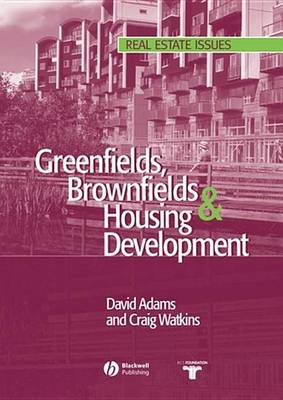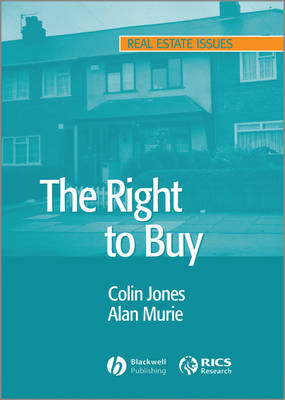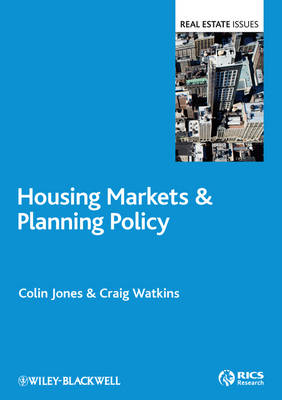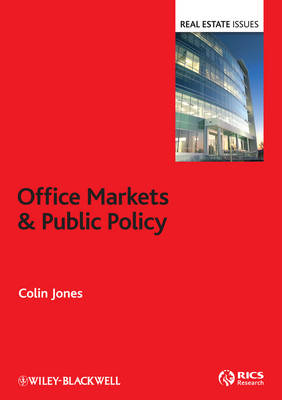Real Estate Issues
3 primary works • 4 total works
Book 6
Greenfields, Brownfields and Housing Development
by David Adams and Craig Watkins
The book:
* analyses social, economic, and political influences on public policy and private investment
* places current controversies within a strong institutional context
* evaluates recent changes in housebuilding
* explores how sustainable development provides both a common and contested discourse for debates
* examines financial and economic impacts of housing land policies
Book 18
Written in an accessible style, this is a key reference for students and researchers in housing and planning; geography; and social policy.
The book analyses the operation and impact of the right to buy policy (RTB). It includes a critique of the Housing Act and the 2001 Housing (Scotland) Act. The enactment of these changes under a Labour government affirms the continuance of the RTB. The authors take stock of its profound effect on housing policy, reversing the growth in social housing developed over the twentieth century, transforming the nation's tenure structure and revolutionising the UK housing system.
The Right to Buy: analysis and evaluation of a housing policy begins with an examination of the policy background to the establishment of the RTB and the main features of the legislation. This is followed by chapters that review its take-up and the pattern of sales and their impact on social housing; a chapter examining the financial aspects of the RTB from the viewpoints of tenants, local authorities and central government; one looking at the impact of the RTB via subsequent re-sales on the open market and on the private rented sector; and a chapter drawing on the information already reviewed to consider the potential of the RTB to create sustainable and diverse communities. In the final chapters the international experience of parallel policies are considered and the future take-up of the RTB is assessed in the light of recent reforms together with alternatives.
Book 40
The authors then consider the lessons for policy makers, discussing the limitations of the policy framework and considering the strategies for integrating market information into the analysis undertaken in practice. Housing Markets & Planning Policy is an invaluable advanced text for students of land economy, land management, urban planning, housing and urban studies. The authors provide a uniquely detailed analysis of an important policy area that builds on a strong theoretical basis drawn from housing economics. With the challenges posed by the instability of the housing market, it will be of particular interest to academic researchers, policy-makers and housing and planning practitioners.
Office Markets & Public Policy analyses these processes and policy issues from an international perspective and covers: * A descriptive and theoretical base encompassing an historical context, a review of the fundamentals of the demand for and supply of the office market and offices as an investment. Embedded within this section is a perspective on underlying forces particularly the influence of technological change. * A synthesis of our understanding of the spatial structure and dynamics of local office markets at the city level. * An assessment of the goals and influence of planning policies, and the evaluation of policies designed toward the long term sustainability of cities as services centres. This goes beyond standard real estate and urban economics books by assessing the changing shape of urban office markets within a spatial theoretical and policy context. It will be a useful advanced text for honours and postgraduate students of land economy; land management; property and real estate; urban planning; and urban studies. It will also be of interest to researchers, property professionals, policy-makers and planning practitioners.



